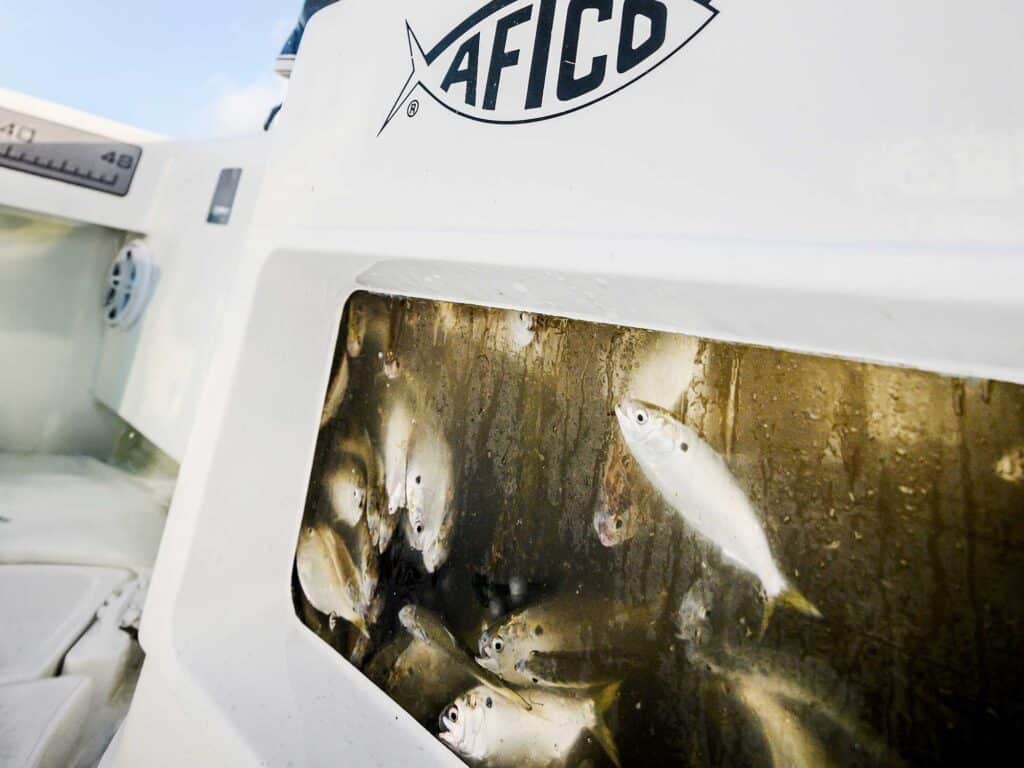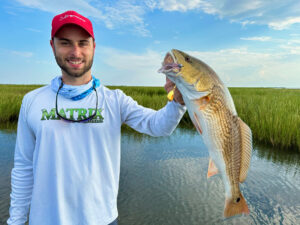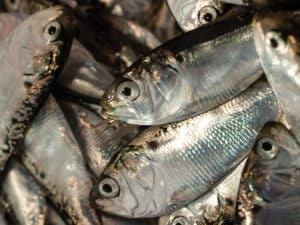
You run offshore on a bluebird morning, hoping to score some tuna or fly a halyard full of release flags. You throttle back near a beautiful color change and break out the tackle. You’re all smiles and confidence—until you open the livewell and see a mass of floaters. Nothing ruins a fishing trip faster than a fouled-up livewell. But if you set up your system properly, you’ll minimize the chance of such a day-shortening mishap.
“The main thing in a livewell system is getting the water out,” says Capt. RT Trosset of Key West, Florida. “It’s easy to get water in, but you need to get water out to achieve maximum flow.” Trosset runs a Yellowfin 36, and says that the builder has optimized the diameter and size of its drain hoses, and has installed significant drain systems in the livewell floors, where waste and scales accumulate.
To power his 50-gallon transom and cockpit wells, he uses a sea chest with three Shurflo 2,000 gph livewell pumps screwed into the top of a splitter box. Sea chests, which generally feature clear acrylic lids and remain constantly flooded with seawater, vent air from the system. Aeration is a common issue for offshore boats that can fly off wave tops at high speeds. When air enters, it can create air locks that block water from entering the livewells.
Most sea chests, such as those used on SeaVee boats, house pumps inside to keep them cooler, but Trosset says that his pumps mount on the outside. While this helps facilitate pump replacement, he admits that all pumps are difficult to change. (And now you know why every boatyard has at least one employee with really long arms.)
High-speed pickups beneath Trosset’s boat funnel water to the sea chest through 2-inch hoses. To vent air, a 3/8-inch hose runs from the top of the chest.
Each pump, whether inside or outside the sea chest, features a valve to regulate the flow of water to the wells. Allow too much, and water might overflow and cascade into the cockpit. By contrast, not enough flow lowers the water level, which in turn makes the water slosh whenever the boat runs at speed, damaging the baits.
“In South Florida, we like to pressurize our wells,” says Capt. Eddie Juan, a SeaVee factory sales rep and tournament angler. “We have a Y valve that we can shut to close the drain so that the water fills the well, all the way to the lid.”
Typically, Trosset fills his livewells before running offshore. Based on the outing’s game plan, he either separates different bait species, or fills both wells with a single species and transfers baits throughout the day. “You can’t mix little baits with big baits, and you can’t mix ballyhoo,” he explains.
Using 2,000 gph pumps theoretically enables the water in his livewells to refresh 40 times per hour, or once every 90 seconds. However, wherever a pipe bends or rises, power and pressure drop. So, more realistically, the water in his livewells recirculates every two minutes or so.
A general rule of thumb suggests that livewells should replenish every 10 minutes. But for some captains and tournament anglers, more flow is better.
For Juan, a little less is best. “I don’t like 2,000 gph pumps. They bring in too much water and use a lot of power. In my opinion, 1,500 gph pumps are ideal,” he says. Of course, that also depends on the distance between the livewell and the pumps. “If you have to pump water from the transom to the bow, you might need a 2,000 gph pump,” he adds.
Usually, two round or oval-shaped wells—of at least 40 gallons each—will support plenty of live bait for most offshore anglers, Juan believes. If a well lacks a clear lid or side window, it should have interior lighting. Otherwise, complete darkness can stress the baits.
While some captains swear by livewell interior colors such as blue or black, Juan prefers his factory-white gelcoat. “To me, baits get too dark in a dark livewell. Goggle-eyes, for instance, change their color to match their environment, so they’ll lose their yellow line.”









